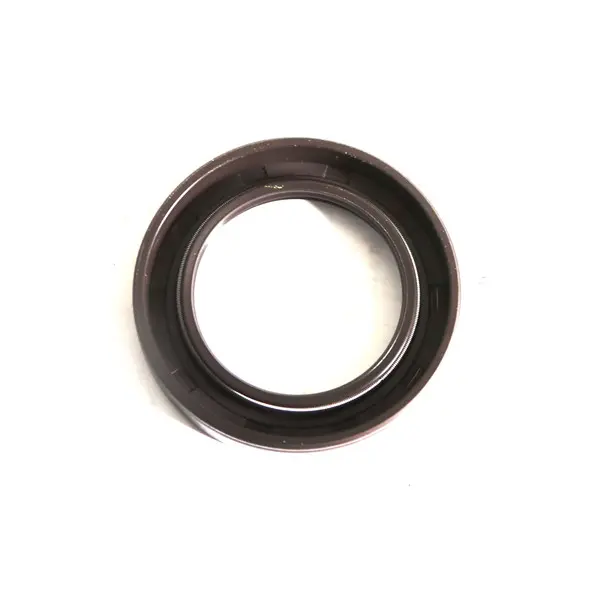9 月 . 03, 2024 11:48 Back to list
different types of oil seals
Different Types of Oil Seals A Comprehensive Overview
Oil seals, also known as shaft seals or oil rings, are critical components in various mechanical systems. They play a vital role in preventing the leakage of lubricants and protecting against contaminants from entering machinery. Understanding the different types of oil seals available in the market is essential for selecting the right one for specific applications. This article will explore the various types of oil seals, their materials, and their applications.
Types of Oil Seals
1. Rubber Oil Seals One of the most common types of oil seals, rubber seals are versatile and widely used due to their excellent sealing properties and resistance to oils, water, and chemicals. They come in different shapes and sizes, making them suitable for a variety of applications, including automotive engines, transmissions, and industrial machines.
2. Viton Oil Seals Viton is a high-performance synthetic rubber that exhibits superior resistance to heat, chemicals, and oil. Viton oil seals are ideal for applications that involve high temperatures and aggressive fluids. They are commonly used in the automotive industry, especially in applications dealing with fuels, oils, and fluids at elevated temperatures.
3. PTFE Oil Seals Polytetrafluoroethylene (PTFE), commonly known as Teflon, is another high-performance material used for oil seals. PTFE seals are renowned for their low friction properties and excellent chemical resistance. They are suitable for high-speed applications and are often used in hydraulic systems, pumps, and compressors.
different types of oil seals

4. Metal Oil Seals Metal seals, often used in conjunction with rubber or PTFE, feature a metal outer shell that adds strength and durability. These seals are ideal for extreme conditions where high pressure and temperature are present. They are typically found in heavy machinery, aerospace applications, and automotive environments where reliability is paramount.
5. Composite Oil Seals Composite seals combine different materials, such as rubber and metal, to create a product that capitalizes on the advantages of each material. These seals maintain flexibility while providing additional strength and durability. They are often used in applications where traditional seals may fail due to extreme conditions.
6. Lip Seals Lip seals are designed with a flexible lip that makes contact with the shaft, providing a tight seal against leaks. They are highly effective in preventing dirt and moisture from entering and are commonly used in automotive engines, gearboxes, and industrial machinery.
7. Bonded Seals Bonded seals consist of a rubber ring that is molded onto a metal base. They provide excellent sealing capabilities and are known for their ability to withstand high pressures. Bonded seals are typically used in hydraulics and automotive applications where reliability is crucial.
Conclusion
Choosing the right oil seal is crucial for maintaining the efficiency and longevity of mechanical systems. Factors such as temperature, pressure, chemical exposure, and the type of fluid being sealed should all be considered when selecting an oil seal. Understanding the various types of oil seals—rubber, Viton, PTFE, metal, composite, lip, and bonded—can help engineers and technicians make informed decisions that will ultimately lead to improved performance and reduced maintenance costs in their applications. By selecting the appropriate seal, one can ensure optimal operation and longevity of machinery and equipment, safeguarding investments and enhancing productivity.